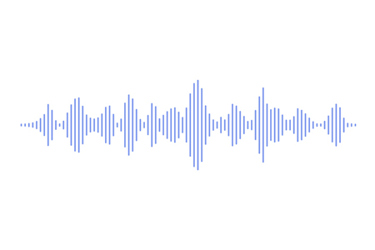How Do You Set Up A Phase Noise Analyzer For An Absolute Phase Noise Measurement?

The Maury Microwave HA7062D real-time phase noise analyzer from the Holzworth Low Phase Noise Instrumentation line is designed for highly accurate phase noise measurements of single-port devices, such as signal generators and oscillators. It supports absolute, additive, and baseband measurement types. This example demonstrates measuring the absolute phase noise of the Boonton SGX1000 Series RF signal generator using the analyzer's internal local oscillator (LO) mode.
In internal LO mode, the analyzer uses built-in RF synthesizers (10 MHz to 6 GHz) for maximum measurement flexibility. Alternatively, external LO mode employs ultra-low phase noise sources for critical measurements when the device under test (DUT) has lower phase noise than the analyzer’s internal sources.
The front panel requires precise jumper connections between the DUT and analyzer's internal LOs, which are tightened with a torque wrench for optimal signal integrity. The cross-correlation process eliminates random system noise by leveraging two measurement paths, reducing uncorrelated noise via multiple correlation sweeps.
The rear panel connects the analyzer to a PC controller via USB, Ethernet, RS-232, or GPIB. In this setup, a USB connection is used to run control software and display results.
Absolute phase noise measurement involves three main components: the DUT, a PC controller, and the phase noise analyzer. The process ensures detailed evaluation of DUT phase noise, with capabilities detailed in the white paper, "The Importance of Low Phase Noise and How to Measure It." Watch the accompanying video for step-by-step setup guidance.
Get unlimited access to:
Enter your credentials below to log in. Not yet a member of Wireless Design Online? Subscribe today.
